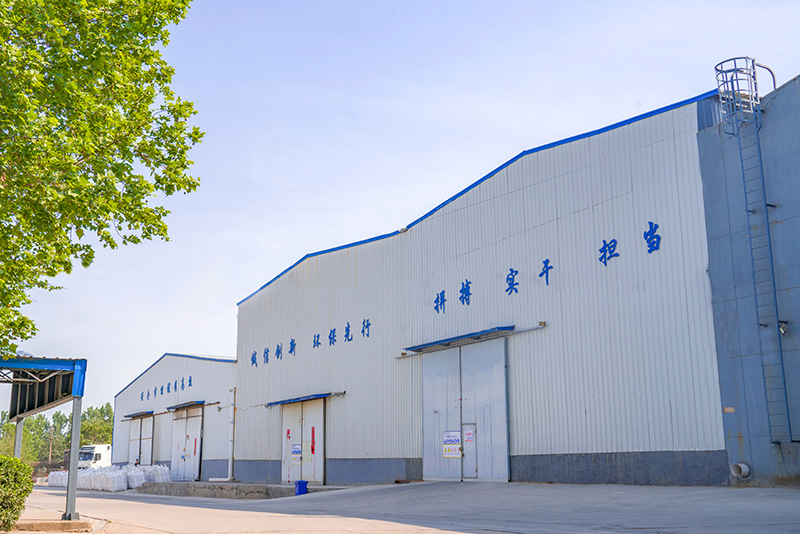The Rise of Ceramic Sand A Sustainable Solution for the Future
In recent years, the construction and manufacturing industries have seen a growing interest in sustainable materials that not only enhance performance but also minimize environmental impact. One such innovative material that has garnered attention is ceramic sand. This remarkable substance, derived from natural and industrial resources, is making waves due to its numerous benefits and versatile applications.
Ceramic sand is primarily composed of high-quality aluminosilicate materials, which give it unique properties that set it apart from traditional sands. These properties include excellent thermal stability, low thermal conductivity, and resistance to chemical corrosion. These characteristics make ceramic sand an ideal candidate for various applications, ranging from foundry casting to construction and even as a filter medium in water treatment processes.
One of the most significant advantages of ceramic sand is its environmental friendliness. Traditionally, sand extraction from riverbeds and beaches has raised concerns regarding ecological degradation and habitat destruction. In contrast, ceramic sand is produced through the recycling of industrial waste by-products, such as kaolin and bauxite. By utilizing these materials instead of extracting natural resources, ceramic sand production helps reduce mining activities, promoting a more sustainable approach to resource management.
In the realm of construction, ceramic sand is gaining popularity as a lightweight aggregate in concrete production
. Conventional concrete often relies on heavy aggregates, which can increase the overall weight of structures and require more substantial foundations. Ceramic sand offers a solution to this problem by providing a lightweight alternative that retains exceptional strength and durability. This shift not only enhances the structural performance of buildings but also results in energy savings during transportation and construction.ceramic sand

Furthermore, the use of ceramic sand in concrete can improve the sustainability of urban environments. With the increasing emphasis on green building practices, architects and builders are seeking materials that not only reduce carbon emissions but also enhance energy efficiency. Concrete made with ceramic sand has been shown to possess superior insulating properties, reducing the need for heating and cooling in buildings, which ultimately contributes to lower energy consumption.
In addition to its role in construction, ceramic sand is also making waves in the foundry industry. Traditionally, foundry sands are used to create molds for metal casting. However, the environmental impact of silica sand extraction has led to a search for alternatives. Ceramic sand provides a safer, more sustainable solution that maintains the high-performance requirements of foundry processes. Its unique grain characteristics promote better molding capabilities, resulting in higher-quality castings with minimal defects. As a result, manufacturers are increasingly turning to ceramic sand to meet their production needs while adhering to stricter environmental regulations.
Another burgeoning application of ceramic sand lies in water treatment. With water scarcity becoming an ever-pressing global issue, efficient filtration systems are essential. Ceramic sand can be utilized as a filter medium due to its fine granulation and high porosity, allowing it to effectively remove impurities from water. Its resistance to chemical degradation means that it can be used in various water treatment processes without fear of leaching harmful substances back into the water supply. This positions ceramic sand as a vital component for creating clean water solutions that are both effective and environmentally friendly.
As the world continues to grapple with environmental challenges, the demand for sustainable materials like ceramic sand will undoubtedly rise. Its versatility, combined with its lower environmental impact and superior performance characteristics, make it a promising solution for various industries. By replacing traditional materials with more sustainable options, we can pave the way for a greener future without compromising on quality or efficiency.
In conclusion, ceramic sand represents a significant step towards more sustainable practices in construction, manufacturing, and environmental management. Its numerous benefits, from reducing ecological impact to enhancing performance, position it as a key player in the materials of the future. As industries increasingly embrace eco-friendly solutions, ceramic sand is poised to become a staple in the quest for sustainability and innovation. The rise of this technology not only reflects the evolving needs of modern society but also symbolizes our collective responsibility towards preserving the planet for future generations.
Post time:11月 . 09, 2024 02:40
Next:Exploring Various Uses of Sand Casting in Modern Manufacturing and Industry
